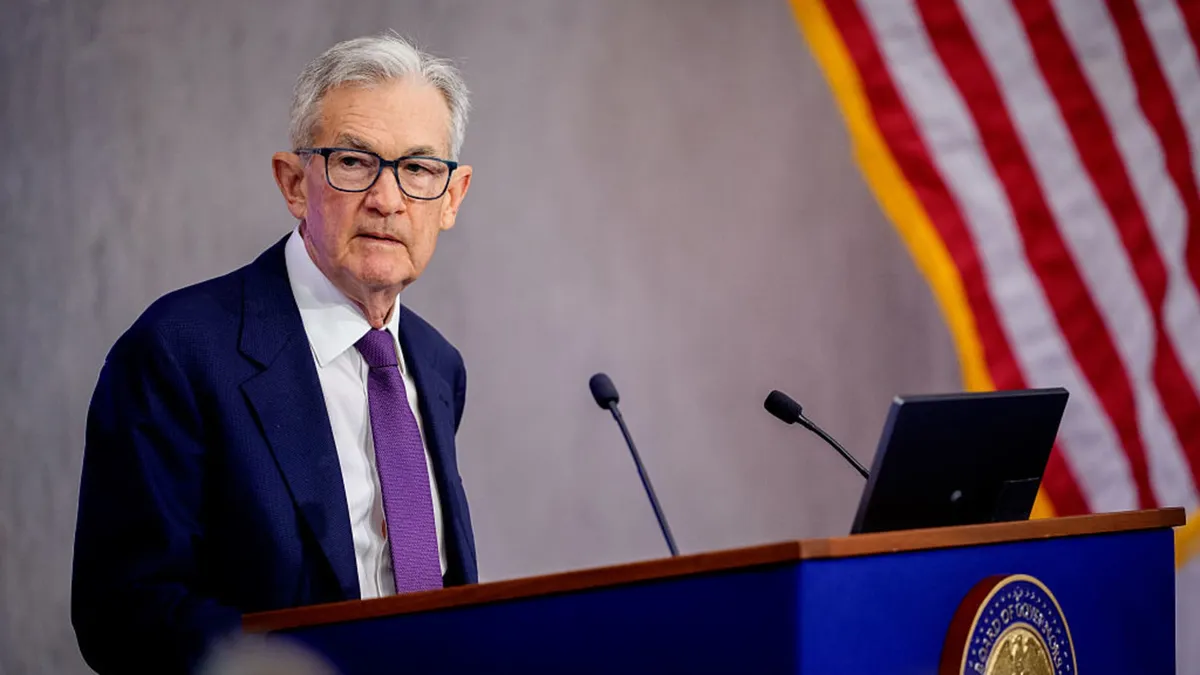
On Thursday, Federal Reserve Chair Jerome Powell shared insights regarding the future trajectory of longer-term interest rates, highlighting the likelihood of higher rates as the economy evolves and policies remain in flux. His remarks were part of a broader discussion about the central bank's policy framework review, which was last conducted in the summer of 2020. Powell emphasized that significant changes have occurred in economic conditions over the past five years, particularly in the context of inflation.
Powell pointed out that the Federal Reserve has experienced a period marked by soaring inflation, which prompted historically aggressive interest rate hikes. Even though longer-term inflation expectations appear to align with the Fed's 2% target, Powell indicated that the era of near-zero rates is unlikely to return in the near future. He also suggested that higher real interest rates may reflect the possibility of more volatile inflation trends moving forward, compared to the relatively stable inter-crisis period of the 2010s.
During his comments at the Thomas Laubach Research Conference in Washington, D.C., Powell warned that the economy may be entering a phase characterized by more frequent and potentially persistent supply shocks. These shocks present a significant challenge not only for the economy but also for central banks like the Fed. Historically, the Fed maintained its benchmark borrowing rate near zero for seven years following the 2008 financial crisis. As of December 2024, the overnight lending rate has fluctuated between 4.25%-4.5%, currently resting at 4.33%.
Powell's remarks regarding supply shocks mirror his previous statements cautioning that policy adjustments could place the Fed in a precarious position, balancing the need to support employment while also managing inflation. Although he refrained from mentioning President Donald Trump's tariffs directly, Powell has recently acknowledged that tariffs could inhibit growth while exacerbating inflation. However, determining the extent of these impacts remains challenging, particularly as Trump has recently moderated his approach to tariffs while a 90-day negotiation period unfolds.
Despite the complexities of the current economic landscape, the Fed has shown reluctance to ease its monetary policy after executing a full percentage point cut to its benchmark rate last year. As part of the ongoing framework review, the Fed aims to establish a comprehensive five-year plan detailing how it will guide decision-making and communicate these moves to the public. Powell noted that this review will consider various factors, including the Fed's communication of its future expectations.
In light of the tumultuous events during the summer of 2020, the Fed had announced a flexible average inflation target approach, permitting inflation to exceed normal levels to promote full and inclusive employment. However, this inflation targeting strategy became obsolete as prices surged following the Covid pandemic, forcing the Fed to implement a series of aggressive rate hikes. The current review will focus on how the Fed addresses shortfalls in both its inflation and employment objectives.
Initially, Powell and his colleagues viewed the 2021 inflation surge as transitory, attributing it to pandemic-related factors. Yet, several Fed officials have since stated that the 2020 framework did not influence their decision to maintain near-zero rates amidst rising inflation. Powell indicated that participants in the review discussions believe it is essential to reconsider the language surrounding inflation and employment shortfalls. He added that at their last meeting, there was a consensus on the need to refine the approach to average inflation targeting.
Addressing the implications of potential supply shocks, Powell emphasized that the review will prioritize enhancing communication strategies. While many in academia and the market have praised the Fed's communication efforts, Powell acknowledged that improvements are always possible. "In periods with larger, more frequent, or more disparate shocks, effective communication requires us to convey the uncertainty surrounding our understanding of the economy and its outlook," he stated. The Fed will explore ways to bolster communication as part of its forward-looking strategy.
Powell did not specify a completion date for the ongoing framework review but indicated that he anticipates its conclusion in the coming months. For the last review, he utilized his annual address at the Fed's retreat in Jackson Hole, Wyoming, to outline the policy changes. As the review progresses, the Fed remains committed to adapting its strategies to the evolving economic landscape, ensuring that it can effectively navigate future challenges.